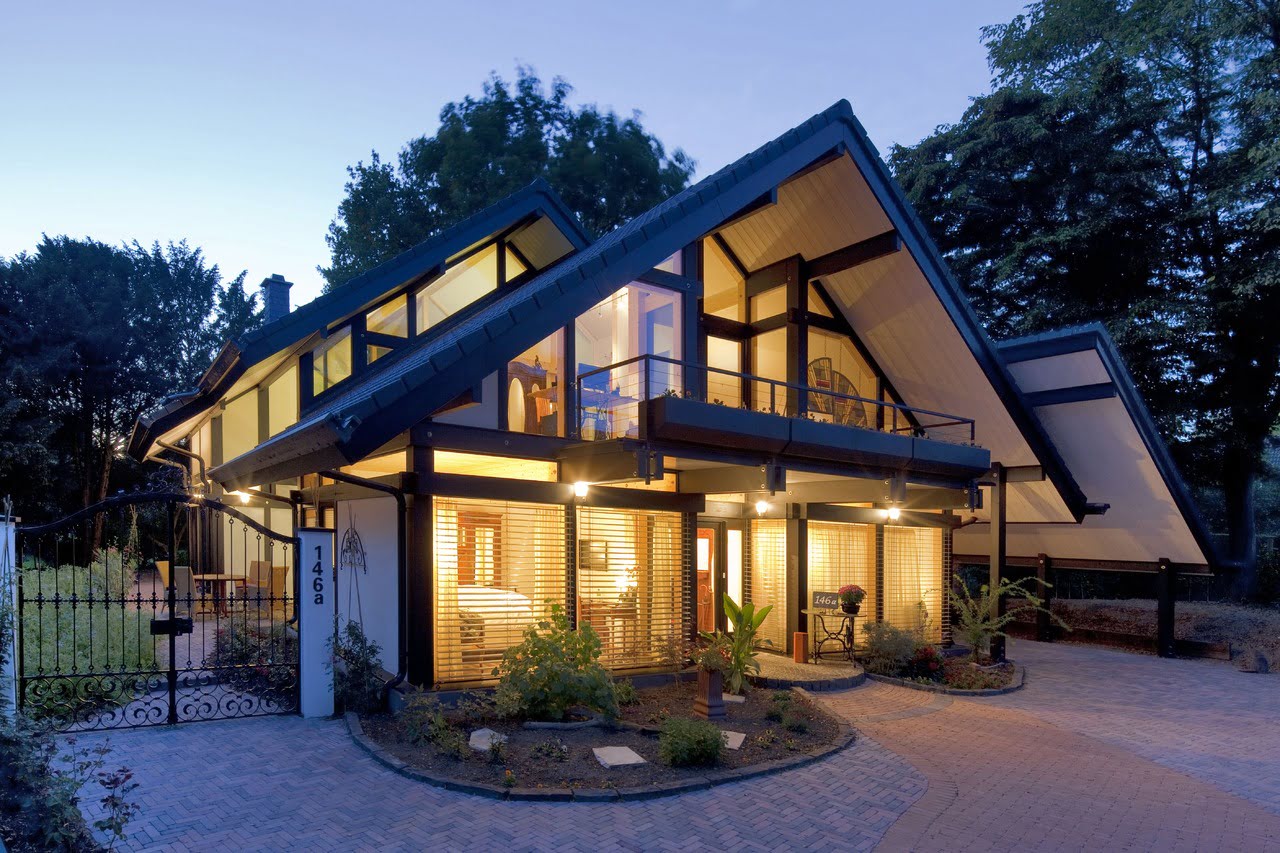

Articles
Energy-Efficient Homes
Modified: January 21, 2024
Discover articles on energy-efficient homes to help you save money and protect the environment. Learn tips, benefits, and latest innovations in sustainable living.
(Many of the links in this article redirect to a specific reviewed product. Your purchase of these products through affiliate links helps to generate commission for Storables.com, at no extra cost. Learn more)
Introduction
Energy-efficient homes are becoming increasingly popular as people strive to reduce their carbon footprint, save money on utility bills, and create a more comfortable living environment. With the rising awareness of climate change and the need for sustainable living, homeowners are looking for ways to make their homes more energy-efficient.
An energy-efficient home is designed and built to minimize the use of energy while maximizing the use of renewable resources. It takes into consideration various factors, including insulation, heating and cooling systems, lighting, appliances, and even the materials used in construction. By implementing energy-efficient practices and technologies, homeowners can significantly reduce their energy consumption and contribute to a greener and more sustainable future.
In this article, we will explore the benefits of energy-efficient homes and discuss various strategies and technologies that can be used to make a home more energy-efficient. From efficient heating and cooling systems to smart home technology and renewable energy sources, we will cover a range of topics to provide you with a comprehensive guide on creating an energy-efficient living space.
Key Takeaways:
- Energy-efficient homes offer lower energy bills, improved indoor comfort, and reduced environmental impact. By implementing strategies such as efficient heating and cooling systems, insulation, and smart home technology, homeowners can enjoy long-term savings and contribute to a sustainable future.
- Incorporating renewable energy sources, energy-efficient appliances, and water conservation practices are essential for creating an energy-efficient home. By carefully selecting building materials and utilizing smart home technology, homeowners can optimize energy usage, reduce waste, and make a positive impact on the environment.
Benefits of Energy-Efficient Homes
Energy-efficient homes offer a wide range of benefits, both for homeowners and the environment. Let’s take a closer look at some of the key advantages:
- Lower Energy Bills: One of the most significant benefits of energy-efficient homes is the potential for lower monthly utility bills. With efficient heating and cooling systems, insulation, and appliances, homeowners can significantly reduce their energy consumption and save money on energy costs.
- Environmental Impact: Energy-efficient homes have a smaller ecological footprint compared to traditional homes. By reducing energy consumption, these homes help to conserve natural resources, reduce greenhouse gas emissions, and combat climate change.
- Increased Comfort: Energy-efficient homes are designed to provide optimal comfort for residents. With proper insulation, sealed windows and doors, and advanced heating and cooling systems, homeowners can enjoy a consistently comfortable indoor environment all year round.
- Improved Indoor Air Quality: Energy-efficient homes often have superior air quality due to better insulation and ventilation systems. This helps to reduce the risk of respiratory issues and allergies by preventing the infiltration of outdoor pollutants and allergens.
- Higher Home Value: An energy-efficient home is considered a valuable asset in the real estate market. Homebuyers increasingly prioritize eco-friendly features, and an energy-efficient home can attract more buyers and potentially sell at a higher price.
- Government Incentives: Many governments and utility companies offer incentives and rebates to promote energy efficiency. By implementing energy-efficient measures in your home, you may be eligible for tax credits, grants, or reduced utility rates, further enhancing the financial benefits.
By realizing these benefits, homeowners can not only contribute to a sustainable future but also enjoy long-term savings and a more comfortable living environment. The next sections will explore different aspects of energy-efficient homes and provide practical tips for achieving energy efficiency in each area.
Energy-Efficient Heating and Cooling Systems
Heating and cooling systems account for a significant portion of a home’s energy consumption. By upgrading to energy-efficient HVAC systems, homeowners can reduce their energy usage and lower their heating and cooling costs. Here are some key considerations for energy-efficient heating and cooling:
- High-Efficiency Heat Pumps: Heat pumps are an excellent option for both heating and cooling your home. Unlike traditional heating systems that generate heat, heat pumps transfer heat from one place to another, making them highly efficient. Look for heat pumps with a high Seasonal Energy Efficiency Ratio (SEER) rating and a Heating Seasonal Performance Factor (HSPF) for maximum efficiency.
- Programmable Thermostats: Install a programmable thermostat to control your HVAC system more efficiently. These thermostats allow you to set different temperature schedules based on your daily routine and can automatically adjust the temperature when you’re away from home, saving energy and reducing costs.
- Zoned Heating and Cooling: Consider implementing zoned heating and cooling systems. This allows you to divide your home into different zones and control the temperature of each zone independently. By only heating or cooling the areas that are being used, you can minimize energy waste and optimize comfort.
- Air Duct Sealing: Leaky air ducts can lead to significant energy losses. Hiring a professional to inspect and seal your ductwork can greatly improve the efficiency of your heating and cooling system. Sealed ducts ensure that conditioned air reaches its intended destination without leaks or inefficiencies.
- Air Filter Maintenance: Regularly clean or replace your HVAC system’s air filters. Clogged filters restrict airflow, forcing the system to work harder and consume more energy. Clean filters not only improve energy efficiency but also enhance indoor air quality.
Implementing energy-efficient heating and cooling systems can have a substantial impact on your energy consumption and utility bills. Consult with HVAC professionals to determine the best options for your home and take advantage of the latest technologies to maximize efficiency and comfort.
Insulation and Air Sealing
A well-insulated and properly sealed home is essential for maintaining a comfortable indoor environment and reducing energy waste. Insulation helps to minimize heat transfer through walls, ceilings, and floors, while air sealing prevents drafts and air leakage. Here are some key considerations for insulation and air sealing in an energy-efficient home:
- Proper Insulation: Ensure that your home has adequate insulation in the walls, attic, and floors. Insulation traps heat in the winter and keeps it out in the summer, reducing the need for excessive heating and cooling. Different regions may require different levels of insulation, so consult local building codes or energy efficiency guidelines to determine the optimal insulation for your area.
- Weather Stripping: Install weather stripping around windows and doors to seal any gaps and prevent air leakage. Weather stripping helps to maintain a consistent indoor temperature and reduce the workload on your heating and cooling systems.
- Sealing Air Leaks: Identify and seal air leaks in your home’s walls, ceilings, and floors. Common areas for air leakage include gaps around electrical outlets, plumbing penetrations, and recessed light fixtures. Use caulk, foam sealant, or weatherproofing materials to seal these leaks and prevent energy waste.
- Insulating Windows: Windows can be a significant source of heat gain or loss. Consider upgrading to energy-efficient windows with double or triple glazing and low-emissivity coatings. Alternatively, you can use window films or coverings to enhance insulation and reduce solar heat gain.
- Insulated Doors: Pay attention to the insulation of exterior doors. Look for doors with a high thermal resistance (R-value) and proper weatherstripping to minimize heat transfer and drafts.
Insulation and air sealing work hand in hand to create an energy-efficient and comfortable home. By investing in proper insulation and sealing air leaks, you can reduce energy consumption, improve indoor comfort, and lower your utility bills. Consult with professionals or conduct a home energy audit to identify areas in need of insulation and sealing.
Efficient Lighting
Lighting plays a vital role in our daily lives, but it can also have a significant impact on energy consumption. By implementing efficient lighting strategies, homeowners can reduce their energy usage, lower electricity bills, and create a more sustainable living environment. Here are some key considerations for efficient lighting in an energy-efficient home:
- LED Lights: Replace traditional incandescent bulbs with energy-efficient LED lights. LED bulbs use significantly less electricity and have a longer lifespan compared to traditional bulbs. They are available in various colors and brightness levels, making them suitable for all lighting needs.
- Natural Lighting: Maximize the use of natural light in your home by incorporating large windows, skylights, and light tubes. Natural lighting not only reduces the need for artificial lighting during the day but also enhances the overall ambiance of your living space.
- Lighting Controls: Install lighting controls such as dimmer switches, motion sensors, and timers to optimize energy usage. These controls allow you to adjust the brightness of lights and ensure they are only activated when needed, saving both energy and money.
- Task Lighting: Utilize task lighting in specific areas where focused light is required, instead of relying on overhead lighting. By providing direct light to workspaces such as desks, kitchen counters, or reading nooks, you can minimize the need for overall room lighting and reduce energy consumption.
- Smart Lighting: Consider incorporating smart lighting systems that can be controlled remotely through mobile apps or voice commands. These systems allow you to adjust and schedule lighting according to your preferences, ensuring that lights are not left on when unnecessary and providing convenience and energy savings.
Efficient lighting not only reduces energy consumption but also enhances the aesthetics and functionality of your living space. By consciously choosing energy-efficient lighting options and implementing smart lighting strategies, you can create a well-lit and sustainable home environment.
Read more: 12 Best Infrared Heaters For Any Space
Energy-Efficient Appliances
Household appliances are major contributors to energy consumption in a home. By opting for energy-efficient appliances, homeowners can significantly reduce their energy usage, lower utility bills, and minimize their environmental impact. Here are some key considerations for energy-efficient appliances:
- Energy Star Certification: Look for appliances with the Energy Star label. Energy Star-certified appliances meet strict energy efficiency guidelines set by the U.S. Environmental Protection Agency (EPA) and the Department of Energy (DOE). These appliances consume less energy while delivering the same or better performance compared to conventional models.
- Refrigerators and Freezers: Upgrade to energy-efficient refrigerators and freezers. These appliances are constantly running, so choosing models with high energy efficiency ratings can lead to substantial energy savings over time. Look for features such as advanced insulation, temperature controls, and automatic defrosting systems.
- Washing Machines: Select washing machines that have high energy efficiency ratings. Front-loading machines generally use less water and energy compared to top-loading machines. Additionally, choose washing machines with adjustable load capacity settings and shorter wash cycles to further optimize energy usage.
- Dishwashers: Energy-efficient dishwashers use less water and energy while providing effective cleaning. Look for models with efficient spray jets, soil sensors, and adjustable load settings. Additionally, consider air-drying dishes instead of using the dishwasher’s heat-dry option to save additional energy.
- Air Conditioners: When purchasing air conditioning units, opt for models with high energy efficiency ratings. Look for features such as programmable timers, adjustable thermostat settings, and energy-saving modes. Proper sizing and installation of the unit are also crucial for optimal energy efficiency.
- Electronics: Choose energy-efficient electronic devices such as televisions, computers, and home entertainment systems. When not in use, remember to turn off electronics or put them into power-saving mode to minimize standby power usage.
By investing in energy-efficient appliances, homeowners can not only reduce their energy consumption but also enjoy long-term savings on utility bills. When shopping for appliances, carefully compare energy efficiency ratings, features, and performance to make informed decisions that align with your energy-saving goals.
Consider installing energy-efficient appliances, LED lighting, and improving insulation to reduce energy consumption in your home. This can lead to lower utility bills and a smaller environmental footprint.
Renewable Energy Sources in Homes
Incorporating renewable energy sources in homes is a sustainable and environmentally responsible way to generate clean energy and reduce reliance on fossil fuels. Here are some key considerations for implementing renewable energy sources in homes:
- Solar Power: Solar panels are one of the most common and effective ways to harness renewable energy. Photovoltaic (PV) panels convert sunlight into electricity, which can be used to power your home. Installing solar panels on your roof or in your yard can significantly reduce your reliance on grid electricity and lower your carbon footprint.
- Wind Turbines: If you have sufficient land and live in an area with consistent wind patterns, installing a small wind turbine can generate electricity for your home. Wind turbines work by converting the kinetic energy of the wind into electrical energy, contributing to a renewable energy source for your household.
- Geothermal Systems: Geothermal heating and cooling systems utilize the consistent temperature of the earth to regulate the temperature in your home. These systems tap into the earth’s natural heat exchange process, reducing the need for traditional heating and cooling methods. Geothermal systems are highly efficient and environmentally friendly.
- Biomass Energy: Biomass energy involves using organic materials, such as wood pellets or agricultural waste, to generate heat or electricity. Biomass boilers or stoves can be used to provide heating and hot water, reducing reliance on fossil fuels.
- Hydropower: If you have access to a flowing water source, such as a river or stream, you may have the opportunity to generate electricity through hydropower. Micro-hydropower systems can be installed to harness the power of flowing water and convert it into clean, renewable energy for your home.
Implementing renewable energy sources in your home not only reduces your carbon footprint but can also provide long-term financial benefits. Depending on your location, government incentives and tax credits may be available to support the installation of renewable energy systems. Consult with renewable energy professionals to assess the feasibility and cost-effectiveness of each option for your specific circumstances.
Smart Home Technology for Energy Efficiency
Smart home technology has revolutionized the way we manage and control our homes, offering numerous benefits for energy efficiency. By incorporating smart devices and automation systems, homeowners can optimize energy usage, enhance convenience, and reduce utility costs. Here are some key considerations for implementing smart home technology for energy efficiency:
- Smart Thermostats: Install a smart thermostat to efficiently manage your heating and cooling systems. These thermostats can learn your preferred temperature settings, automatically adjust based on occupancy, and allow remote control via mobile apps. With smart thermostats, you can optimize energy usage to match your lifestyle and save on heating and cooling costs.
- Smart Lighting: Replace traditional light switches with smart lighting systems. These systems allow you to control and schedule your lights remotely, adjust brightness levels, and even change colors. Smart lighting ensures that lights are only on when needed, reducing energy waste and providing convenience.
- Occupancy Sensors: Utilize occupancy sensors throughout your home to automatically turn off lights or appliances when rooms are unoccupied. These sensors detect motion and can trigger inactive devices to conserve energy and promote energy efficiency.
- Smart Power Strips: Use smart power strips to manage and control power consumption of devices connected to them. Smart power strips can detect when devices are in standby mode and automatically shut off power, preventing energy drain and reducing phantom power usage.
- Energy Monitoring Systems: Install energy monitoring systems to track and analyze your energy usage. These systems provide real-time insights into your energy consumption, allowing you to identify areas for improvement and make adjustments to reduce energy waste.
- Smart Appliances: Choose appliances equipped with smart features that allow remote control and automation. Smart appliances, such as refrigerators, washing machines, and dishwashers, can optimize their energy usage based on your preferences and energy demand, resulting in improved energy efficiency.
Smart home technology empowers homeowners to take control of their energy usage and make informed decisions to promote energy efficiency. By implementing smart devices and automation systems, you can optimize energy consumption, reduce waste, and enjoy the convenience of a connected and energy-efficient home.
Building Materials for Energy-Efficient Homes
The choice of building materials is crucial in creating an energy-efficient home. Certain materials have superior insulating properties, reduce heat transfer, and contribute to overall energy efficiency. Here are some key considerations for using energy-efficient building materials:
- Insulation: Choose insulation materials that have high R-values, indicating superior thermal resistance. Common insulation materials include fiberglass, cellulose, and spray foam. Proper insulation helps regulate temperature, reduces energy loss, and enhances overall comfort in your home.
- Windows and Doors: Opt for energy-efficient windows and doors. Look for products with low-emissivity (low-E) coatings, double or triple glazing, and insulated frames to minimize heat transfer. Well-sealed and properly installed windows and doors improve energy efficiency by preventing air leakage and reducing the need for excessive heating and cooling.
- Sustainable Building Materials: Consider using sustainable and environmentally friendly materials in your home’s construction. This can include materials such as reclaimed wood, bamboo, or recycled metal. Using sustainable materials reduces the environmental impact of your home and contributes to a more sustainable future.
- Reflective Roofing: Choose reflective roofing materials, such as metal or cool roof coatings, to minimize heat absorption and reduce the cooling load on your home. Reflective roofs help keep your home cooler, reduce the strain on air conditioning systems, and lower energy consumption.
- Thermal Mass Materials: Utilize thermal mass materials, such as concrete or stone, in your home’s construction. These materials have the ability to absorb and store heat, helping to regulate temperature fluctuations and reduce the need for excessive heating or cooling.
- Air and Vapor Barrier: Install air and vapor barriers to control moisture levels and prevent air leakage in your home’s envelope. Properly sealed barriers improve energy efficiency by reducing drafts and preventing moisture-related problems that can negatively impact insulation performance.
By carefully selecting energy-efficient building materials, you can improve the overall performance of your home and create a more sustainable living space. Consult with architects, contractors, or building professionals with expertise in energy-efficient construction to guide you in choosing the right materials for your specific climate and building requirements.
Read more: How Often Should A Refrigerator Run
Energy-Efficient Windows and Doors
Windows and doors are critical components of a home’s energy efficiency. They can significantly impact heat transfer, air leakage, and overall comfort. Choosing energy-efficient windows and doors will not only help reduce energy consumption but also enhance the aesthetics and comfort of your home. Here are some key considerations for energy-efficient windows and doors:
- Window Glazing: Opt for double or triple glazing windows, which feature multiple layers of glass with insulating spaces in between. These windows provide enhanced thermal insulation, reducing heat transfer through the glass and improving energy efficiency.
- Low-E Coatings: Look for windows and glass doors with low-emissivity (low-E) coatings. Low-E coatings reflect heat while allowing natural light to pass through, reducing heat gain in the summer and heat loss in the winter. This helps to maintain a comfortable indoor temperature while minimizing the reliance on heating and cooling systems.
- Window Frames: Choose window frames made from energy-efficient materials, such as vinyl, fiberglass, or wood-clad. These materials offer better insulation and lower thermal conductivity compared to aluminum frames, reducing heat transfer and improving energy performance.
- Airtight Seals: Ensure that windows and doors have properly sealed frames and weather stripping to minimize air leakage. Airtight seals prevent drafts and heat loss, improving energy efficiency and enhancing the overall comfort of your home.
- Window Orientation: Consider the orientation of windows when designing your home. South-facing windows receive the most sunlight, so using high-performance windows with appropriate shading features can help harness solar heat in the winter while minimizing heat gain in the summer.
- Energy-Efficient Doors: Choose exterior doors with proper insulation and weatherstripping to minimize air leakage. Look for doors made from materials with high thermal resistance, such as fiberglass or insulated steel.
Upgrading to energy-efficient windows and doors can significantly improve the energy efficiency and comfort of your home. By reducing heat transfer, minimizing air leakage, and optimizing natural lighting, you can lower your carbon footprint and save on heating and cooling costs year-round. Consult with window and door manufacturers or professionals to find the most suitable options for your home’s specific needs.
Water Conservation in Energy-Efficient Homes
In addition to energy efficiency, conserving water is equally important for creating a sustainable and eco-friendly home. By implementing water conservation practices, homeowners can reduce water usage, lower utility bills, and contribute to the preservation of this precious resource. Here are some key considerations for water conservation in energy-efficient homes:
- Low-Flow Fixtures: Install low-flow faucets, showerheads, and toilets throughout your home. These fixtures are designed to reduce water flow without compromising performance, helping to minimize water waste.
- Water-Efficient Appliances: Choose water-efficient appliances, such as washing machines and dishwashers, that have high water-efficiency ratings. These appliances use less water per cycle, saving both water and energy.
- Greywater Systems: Implement greywater systems to reuse water from sources like sinks, showers, and washing machines for purposes like landscape irrigation or toilet flushing. Greywater systems help reduce reliance on freshwater sources and decrease overall water consumption.
- Rainwater Harvesting: Install rainwater harvesting systems to collect rainwater from rooftops and store it for later use. The harvested rainwater can be used for outdoor irrigation, reducing the need for municipal water.
- Drip Irrigation: Utilize drip irrigation systems for landscaping and gardens. Drip irrigation delivers water directly to the root zone of plants, minimizing water loss through evaporation and promoting efficient water usage.
- Smart Irrigation Controllers: Install smart irrigation controllers that adjust watering schedules based on weather conditions, soil moisture levels, and plant water needs. These controllers maximize irrigation efficiency by reducing water runoff and avoiding unnecessary watering.
- Fix Leaks: Regularly check and repair leaks in faucets, pipes, and irrigation systems. Even minor leaks can waste significant amounts of water over time, impacting both conservation efforts and water bills.
Conserving water in your energy-efficient home not only helps preserve this valuable resource but also contributes to overall sustainability. Implementing water-saving measures can significantly reduce water consumption, lower utility costs, and promote a more sustainable lifestyle. Incorporate water conservation practices into your daily routines and consider the installation of efficient fixtures and systems to make a positive impact on the environment.
Conclusion
Creating an energy-efficient home is not only beneficial for the environment but also for homeowners who want to save money on utility bills and enjoy a comfortable living space. By implementing various strategies and technologies, homeowners can significantly reduce their energy consumption, minimize their carbon footprint, and contribute to a more sustainable future.
Throughout this article, we have explored the benefits of energy-efficient homes, ranging from lower energy bills and reduced environmental impact to improved indoor comfort and increased home value. We discussed essential aspects such as energy-efficient heating and cooling systems, insulation and air sealing, efficient lighting, energy-efficient appliances, renewable energy sources, smart home technology, and the use of energy-efficient building materials. Each of these factors plays a crucial role in achieving energy efficiency and sustainability in the home.
By incorporating high-efficiency heating and cooling systems, homeowners can reduce energy waste and enjoy a comfortable indoor environment. Insulation and air sealing help prevent heat loss and air leakage, while efficient lighting ensures optimal energy usage and creates a pleasant ambiance. By investing in energy-efficient appliances and incorporating renewable energy sources such as solar power or geothermal systems, homeowners can further reduce their reliance on non-renewable energy sources and lower their carbon footprint.
Smart home technology adds convenience and fine-tuned control over energy usage, allowing homeowners to optimize their energy consumption and reduce wastage. Using energy-efficient building materials not only enhances insulation but also promotes sustainability and environmental responsibility. Finally, by adopting water conservation practices, homeowners can reduce water waste and contribute to preserving the planet’s freshwater resources.
In conclusion, creating an energy-efficient home requires a multifaceted approach, considering various factors from heating and cooling systems to lighting, appliances, and water conservation. By implementing these strategies, homeowners can not only save on utility bills but also make a positive impact on the environment.
So, whether you are building a new home or renovating an existing one, consider the numerous benefits of energy-efficient practices. Consult with professionals in the field to determine the most suitable strategies and technologies for your specific needs. Together, we can create a greener, more sustainable future, one energy-efficient home at a time.
Frequently Asked Questions about Energy-Efficient Homes
Was this page helpful?
At Storables.com, we guarantee accurate and reliable information. Our content, validated by Expert Board Contributors, is crafted following stringent Editorial Policies. We're committed to providing you with well-researched, expert-backed insights for all your informational needs.
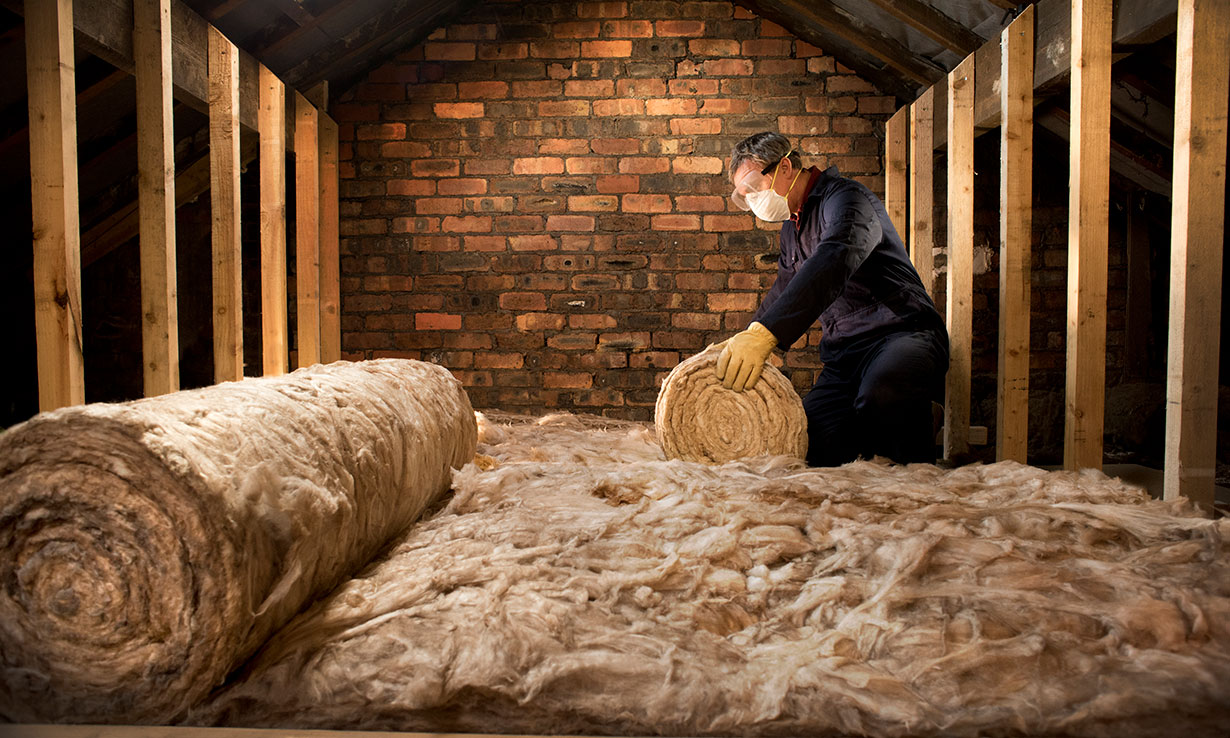
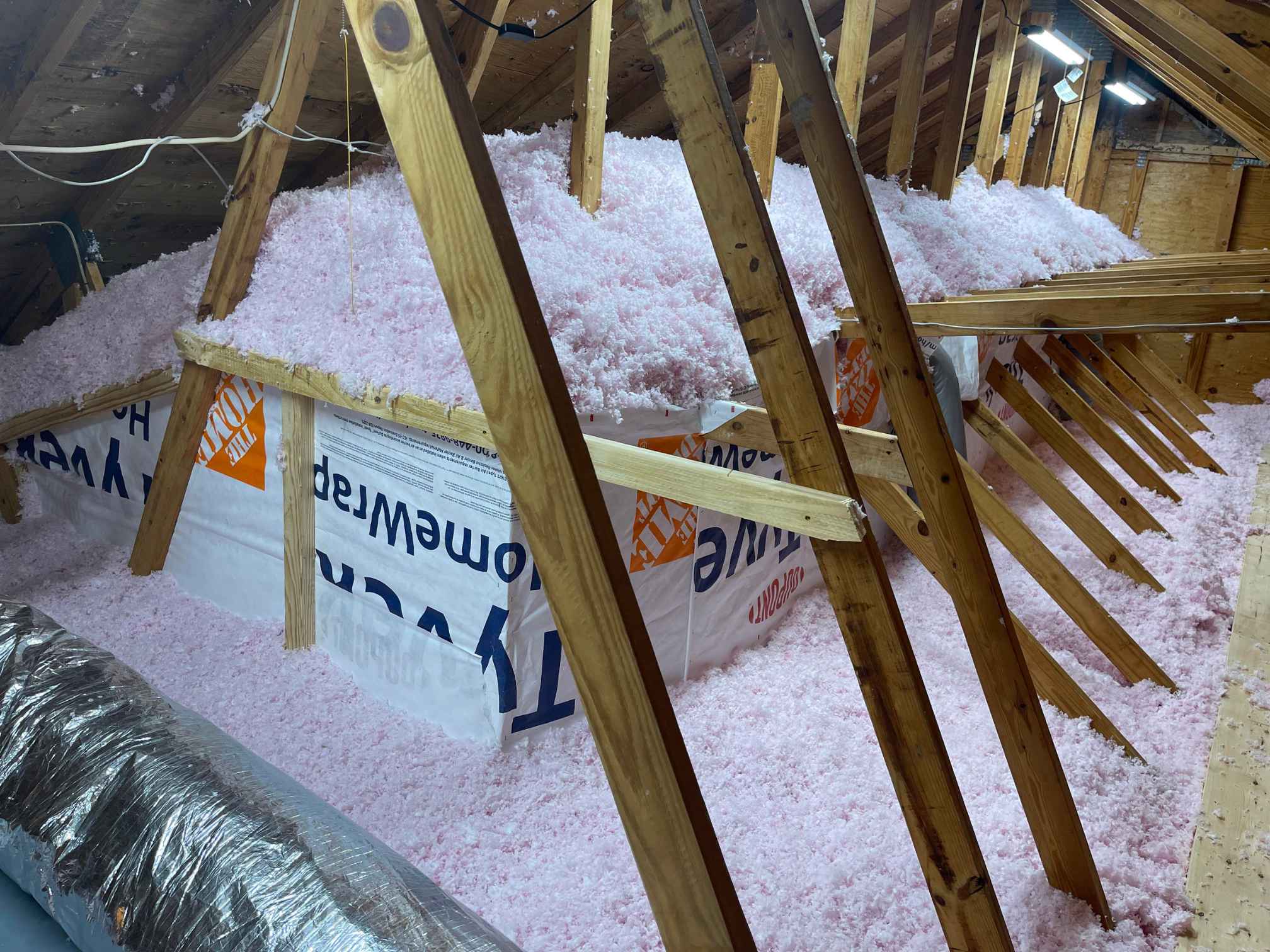
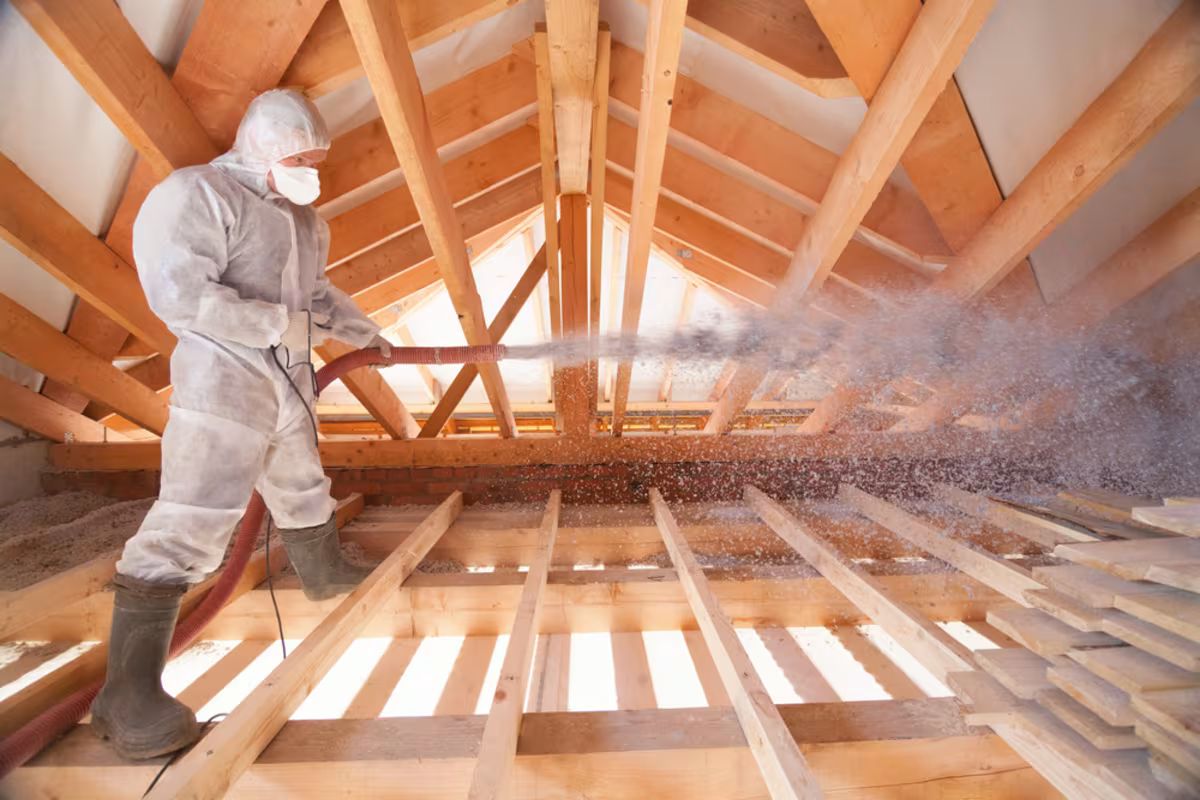
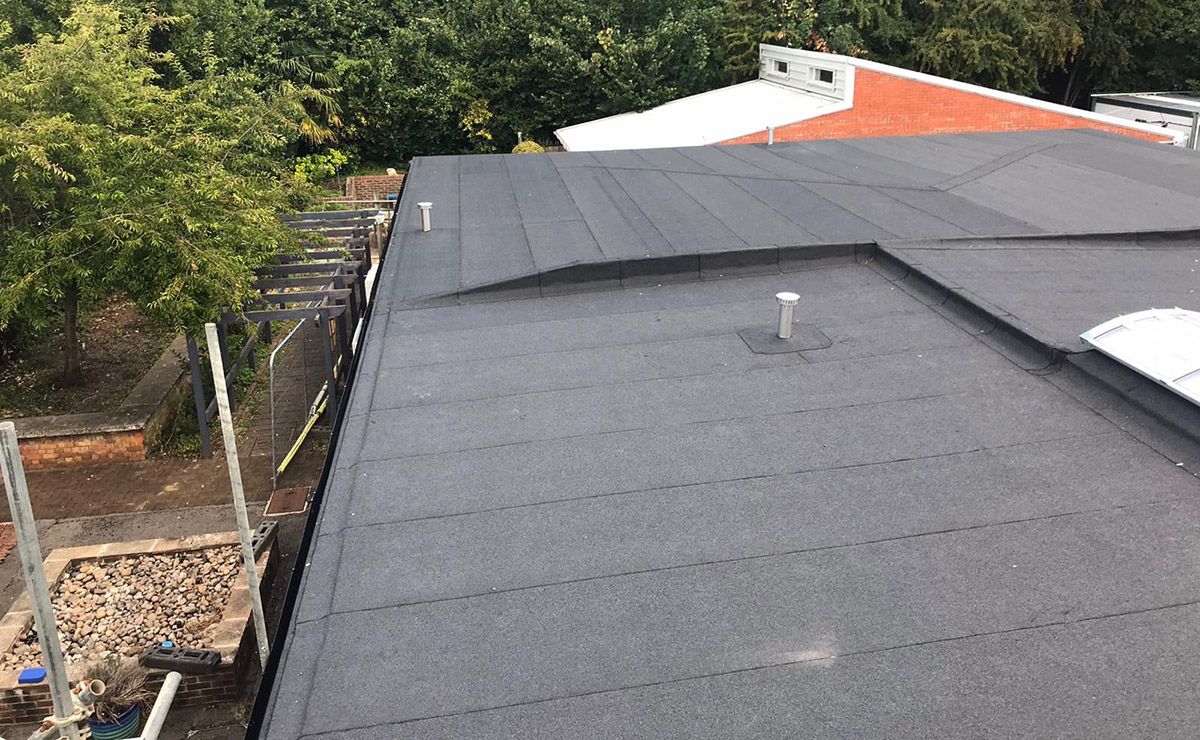
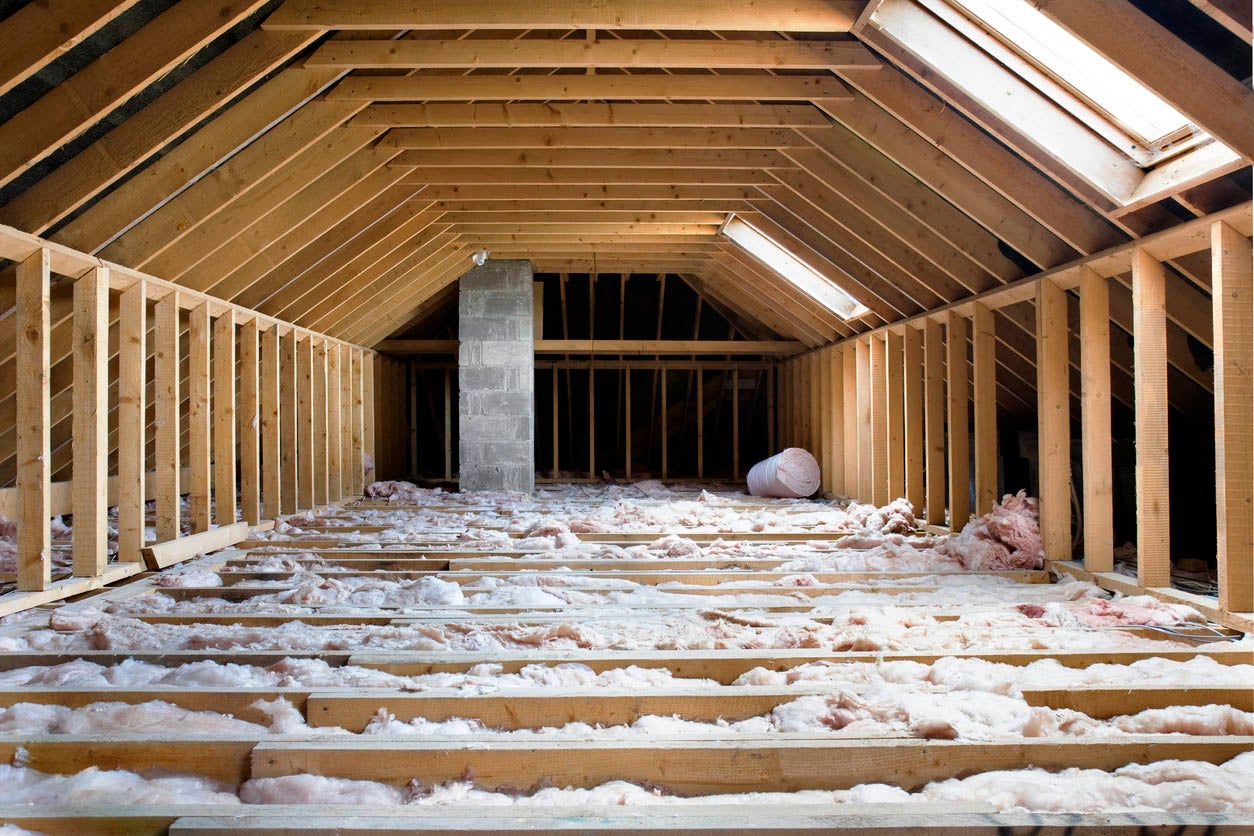
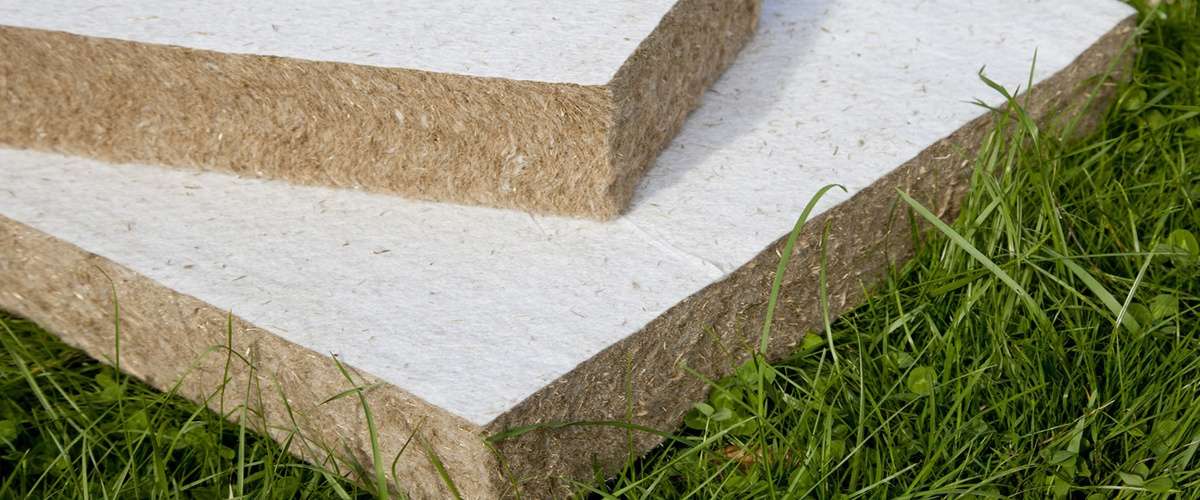
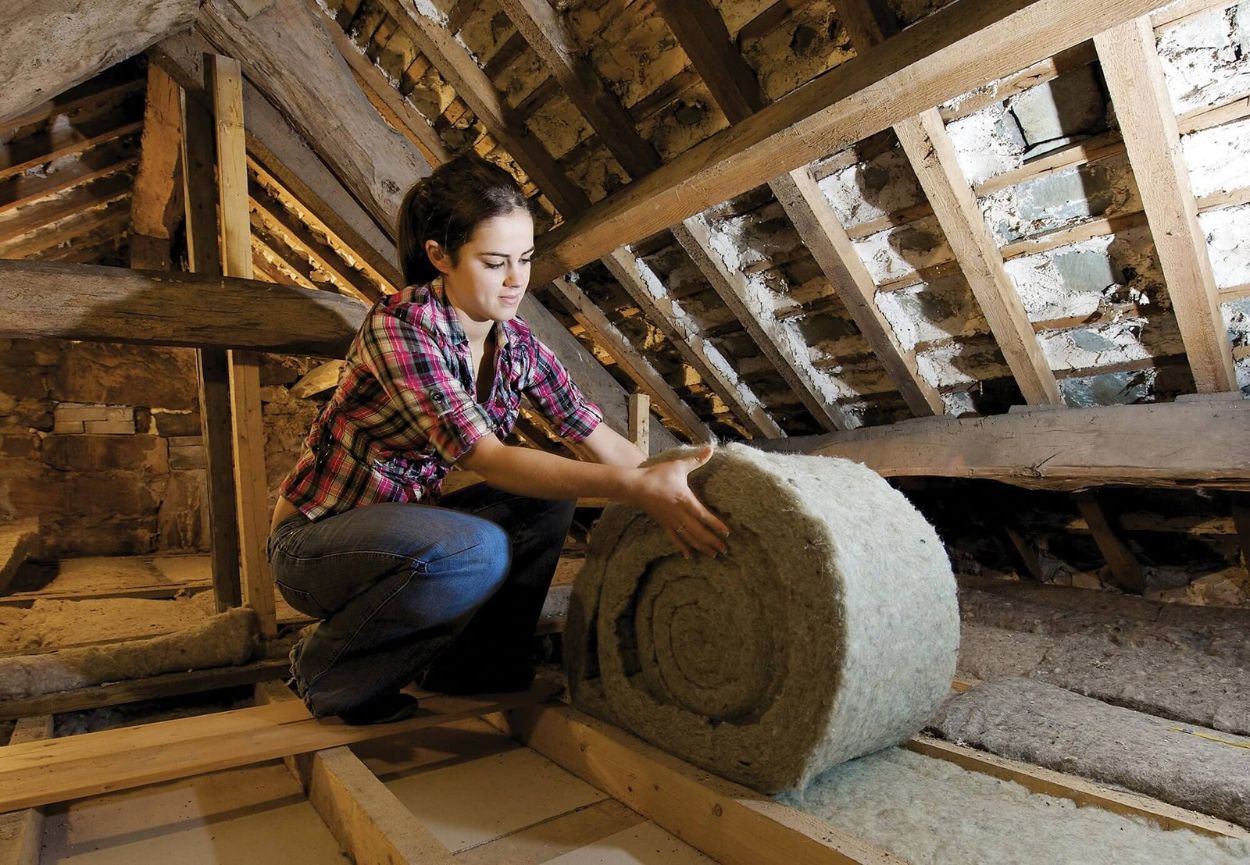
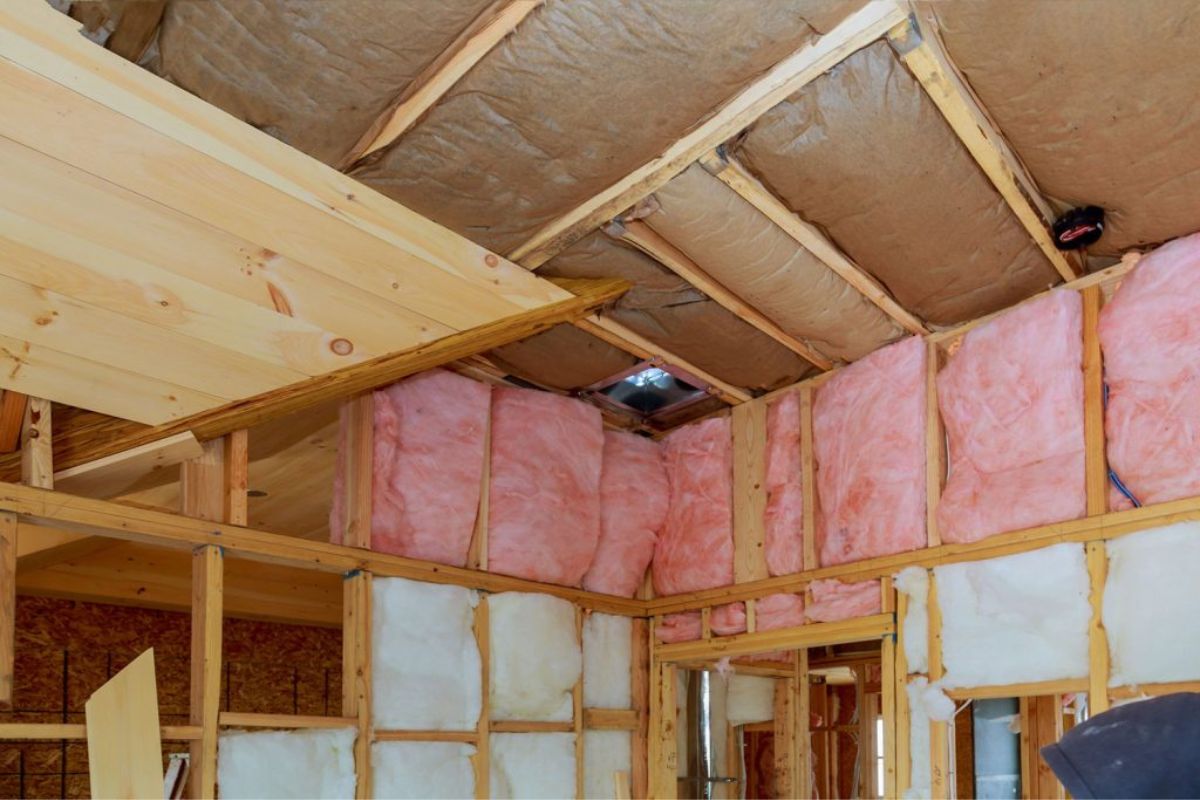
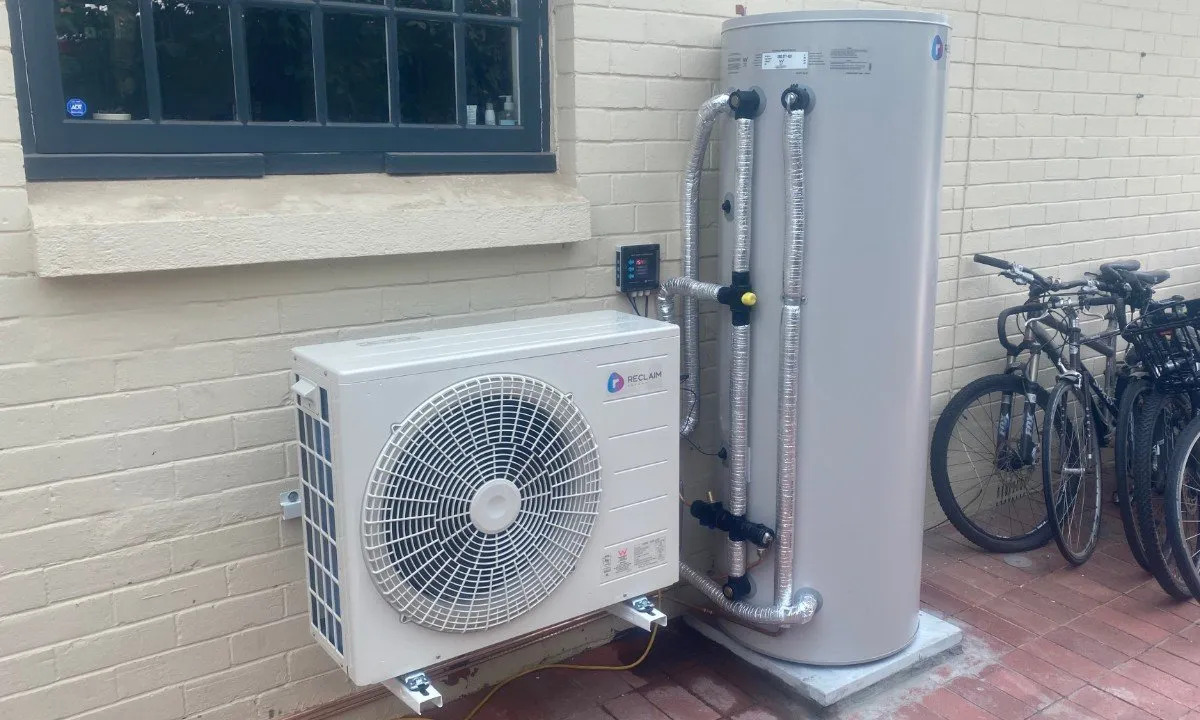
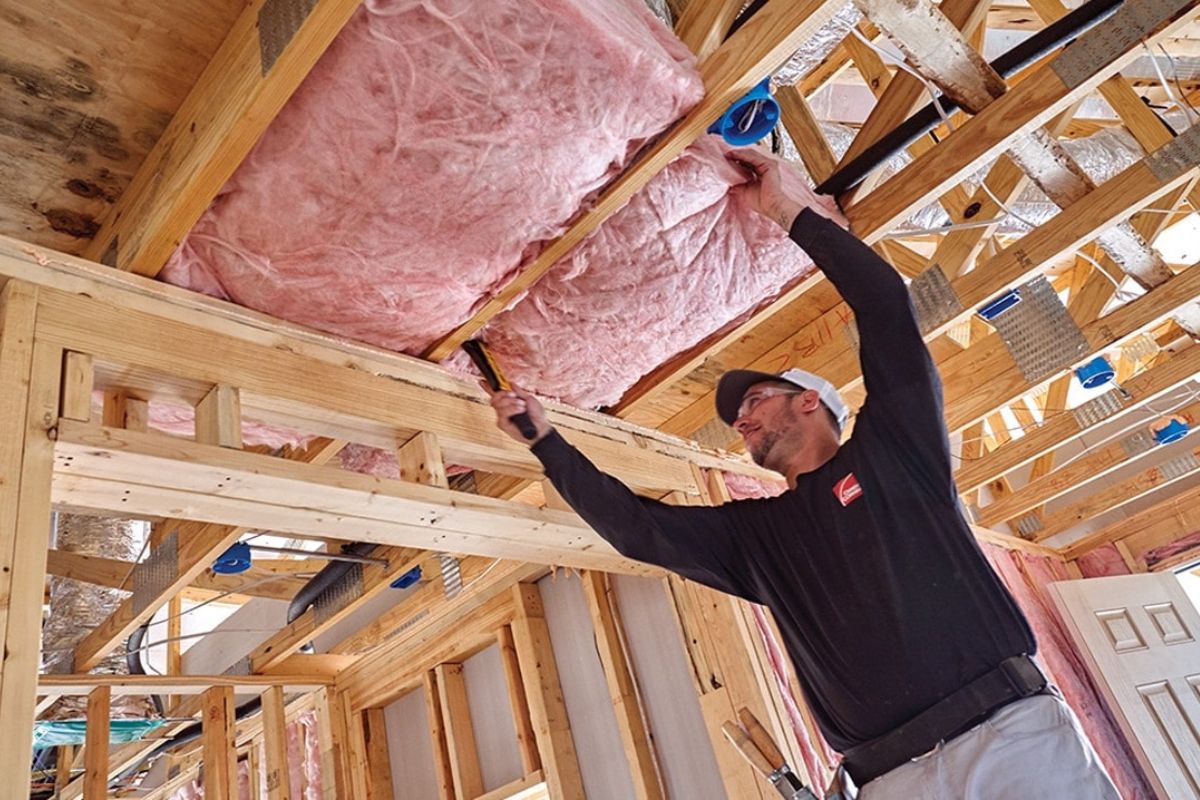
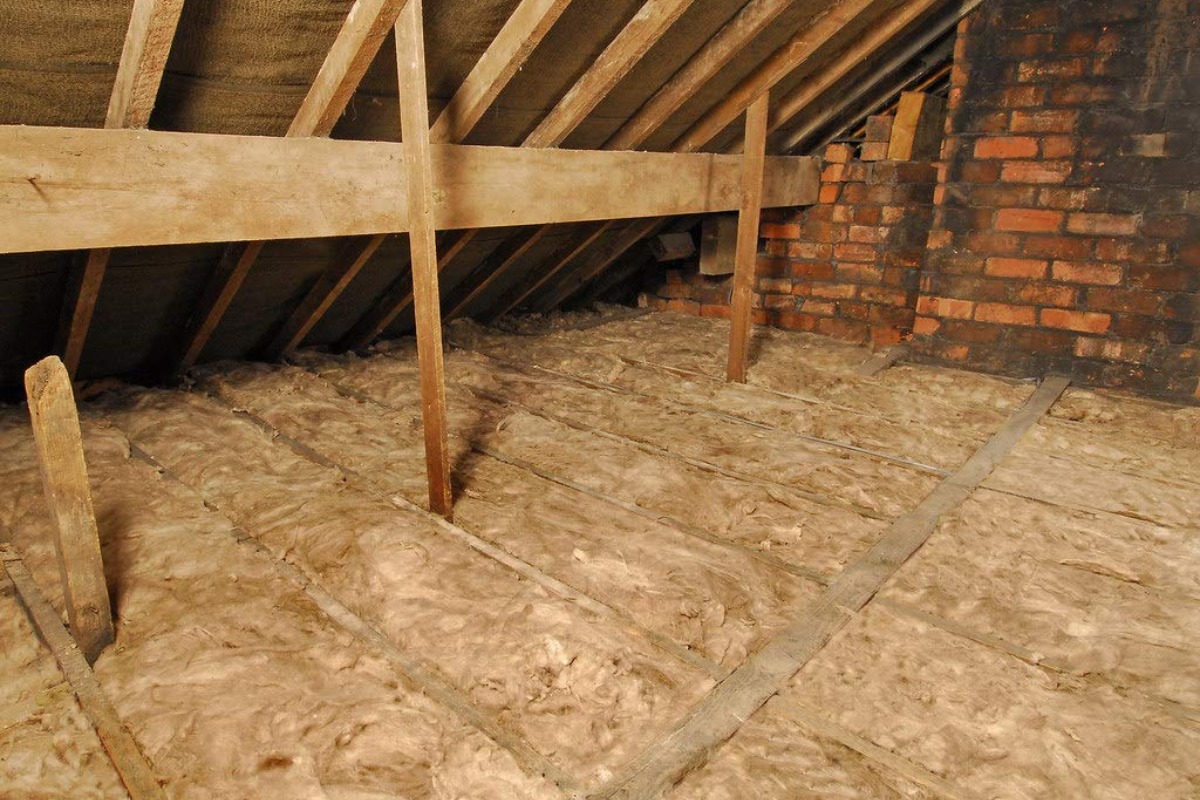
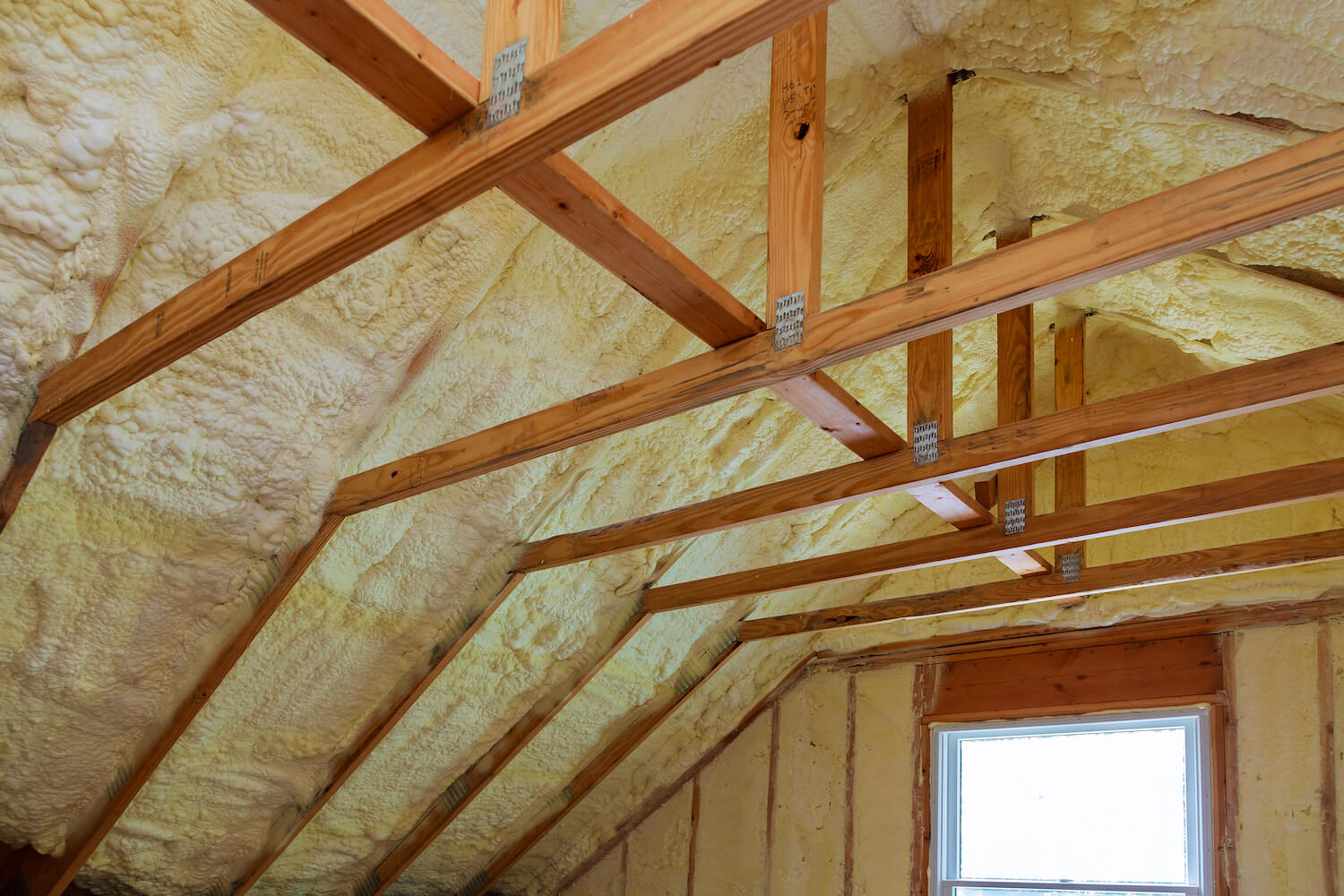
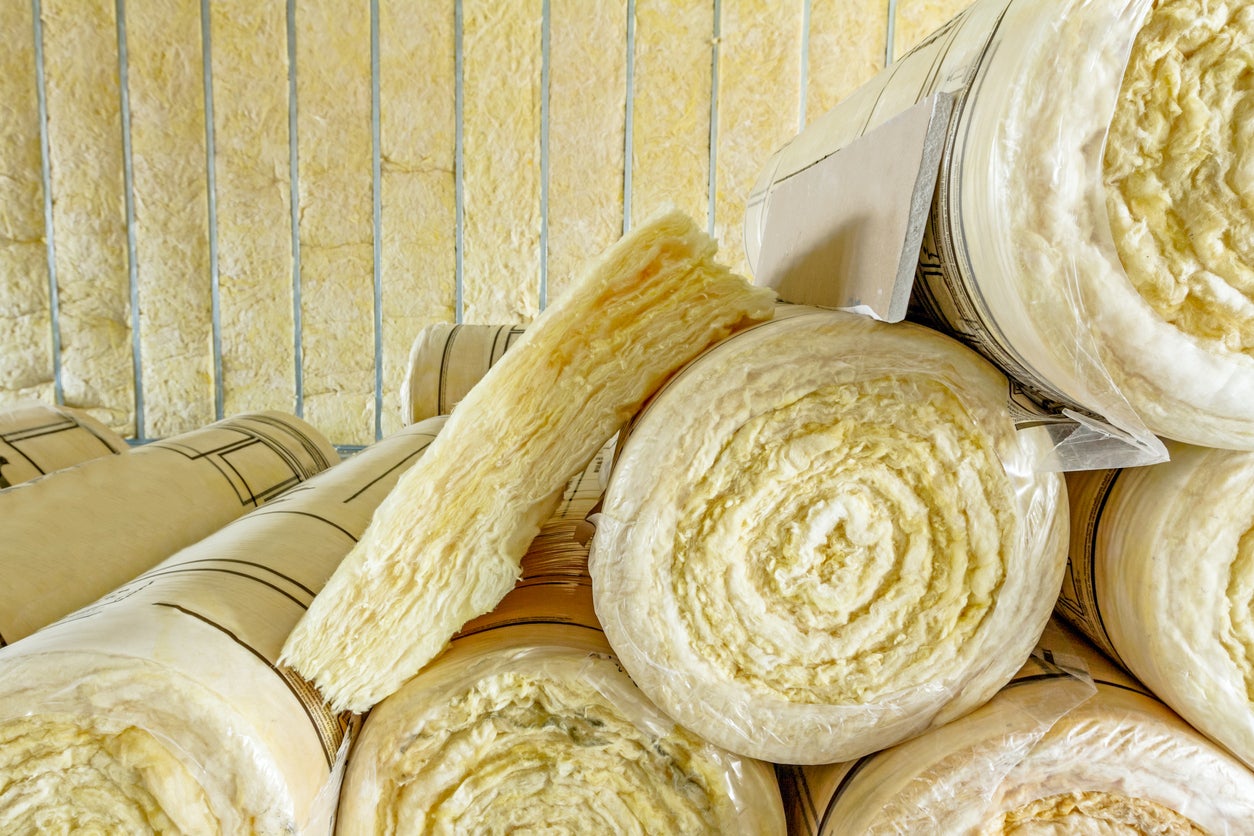

0 thoughts on “Energy-Efficient Homes”